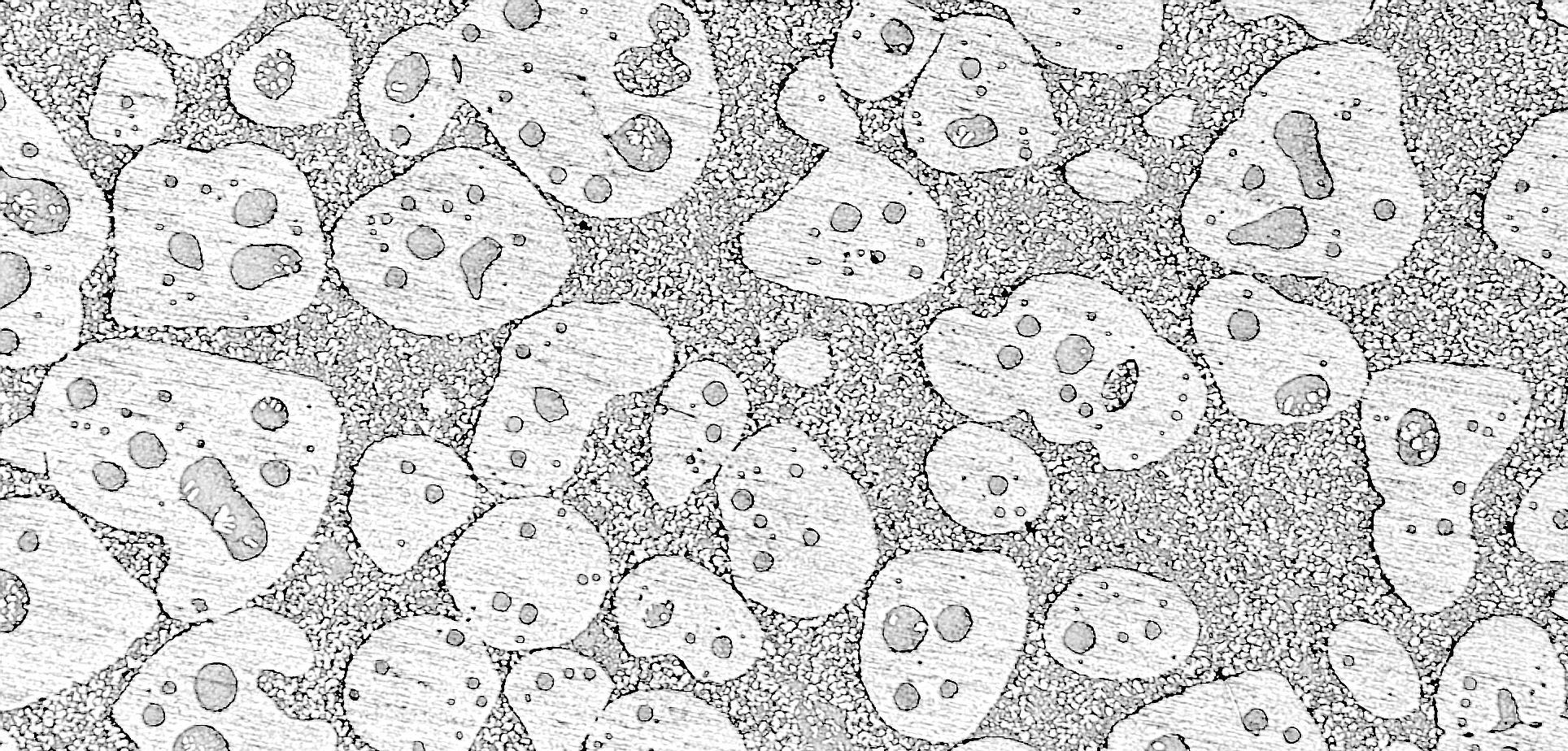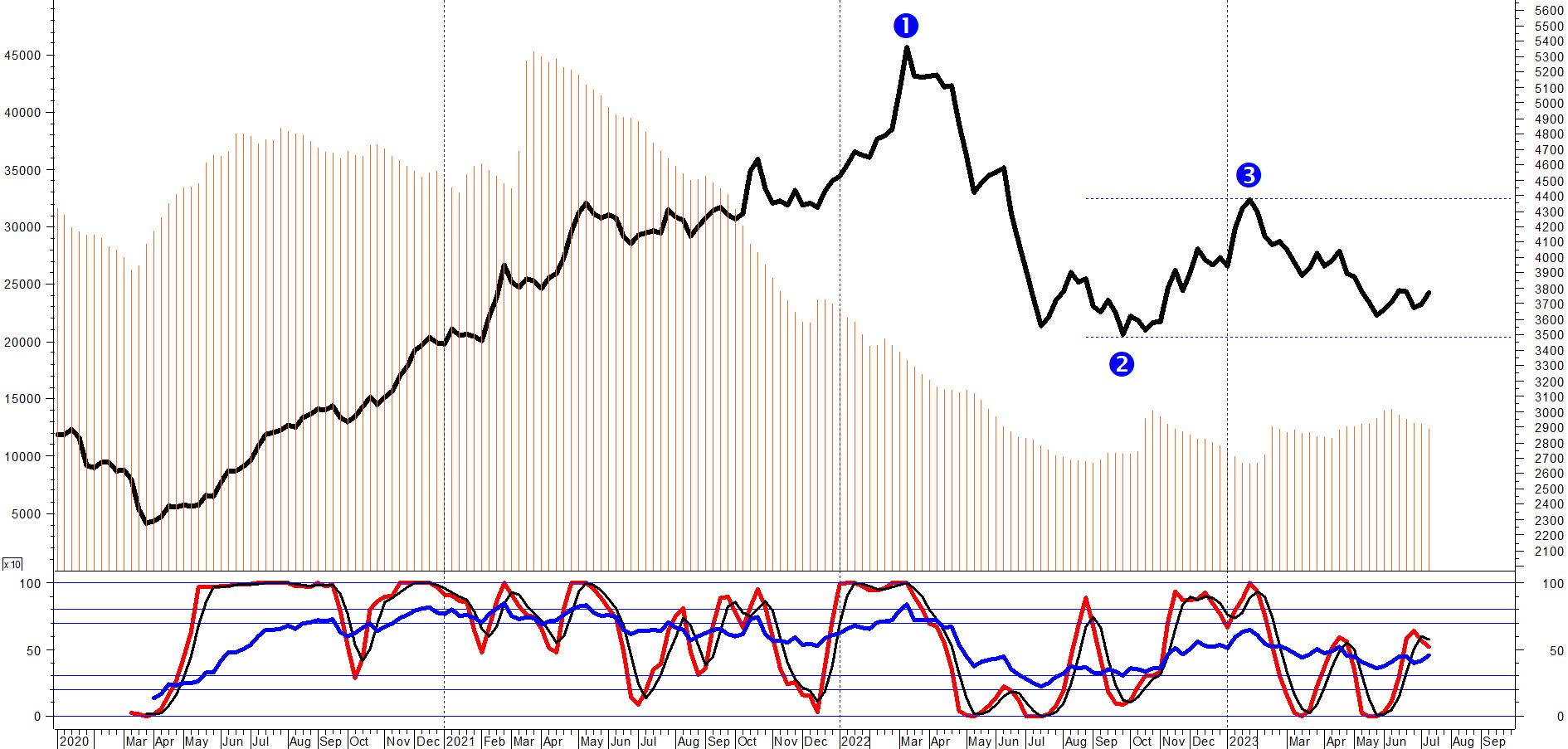
1 minute read
Effect of ausforming temperature and strain on the bainitic transformation
M. Franceschi, L. Pezzato, M. Dabalà
In this work, the effect of ausforming temperatures and strain level on bainitic transformation and morphology were investigated on a newly developed carbide-free high-silicon steel. High plastic deformations (0.2 ÷ 0.5%) were applied to undercooled austenite after austenitization in the temperature range 900-330 °C with a Gleeble 3800 thermomechanical simulator working in compression mode, before quenching or the isothermal treatment at 300 °C for bainitic transformation. Specimen characterization and the application of a thermodynamic approach showed that depending on the deformation temperature, before the bainitic transformation, strain-induced transformations that accelerate the transformation may occur. Moreover, it was observed a strong impact of the deformation temperature on bainite morphology including length of sheaves, size of the blocks, the reciprocal orientation of the bainitic plates and crystallographic orientations, with the detection of variant selection phenomena.
PAROLE CHIAVE: BAINITE, AUSFORMING, STEEL, RETAINED AUSTENITE, VARIANT SELECTION
Introduction
In recent years, nanostructured high-silicon carbidefree bainitic steels have been the protagonist of intensive research thanks to their exceptional combination of strength and ductility (1–3). Tensile strengths close to 2 GPa combined with fracture strains larger than 15 % are achieved thanks to a composite microstructure consisting of a matrix of bainitic ferrite, with nanoscaled thickness (<100 nm), and carbon-enriched retained austenite (4). These particular microstructures are obtained through isothermal treatments, called also austempering, after complete austenitization, at temperatures close to martensite start. The addition of silicon (wt. >1.5%) and aluminium inhibits cementite precipitation during the isothermal treatments, due to their low solubility in cementite, leading to the austenite carbon enrichment and stabilization after the carbon partitioning from the newly formed supersaturated bainitic ferrite. Austenite can be differentiated into two morphologies. The first is filmy-austenite, sandwiched between bainitic ferrite sub-units, characterized by high carbon content and, therefore, high mechanical and thermal stability. The second is represented by untransformed blocks located in the intersheaves space. Compared to the films, blocks are less carbon enriched and coarser, and if subjected to external loads, tends to exhibit TRIP effect (martensitic transformation induced by deformation), affecting the mechanical properties of the material. From these considerations it emerges that the heat treatment design








